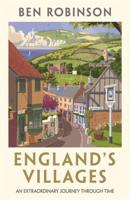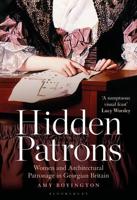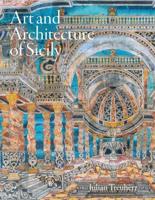Publisher's Synopsis
The erotic frescoes adorning a chamber in San Gimignano's communal bell tower are among the most fascinating surviving examples of secular art from the late Middle Ages. Despite their fame, neither these frescoes--which include scenes of two lovers in a bathtub and Aristotle ridden by his seductress--nor those of the commune council hall have been well understood as products of the communal culture they represent. Here Jean Campbell explores the sources and significance of the images on these walls by constructing an interdisciplinary microhistory of an early Italian commune. Her investigation addresses notions of nobility, personal display, and public space, describing how the game of courting colored urban life in the age of Dante.
This book considers the imagery of San Gimignano not primarily as an illustration of political theory, but rather as a manifestation of a vibrant poetic culture that was politically engaged. Campbell identifies a point of tension in the banning of a popular game that originated in courtly pastimes and involved the exchange of love tokens and role reversals in which women became the aggressors. She argues that while the commune attempted to suppress this game when it appeared spontaneously and outside its proper ritual context, civic leaders embraced those aspects of a larger courtly game that lent their commune nobility and vigor. They, like leaders elsewhere in Italy, imagined the sovereignty of their commune in the space where the private world of courtly ceremony met the public realm of the commune.











